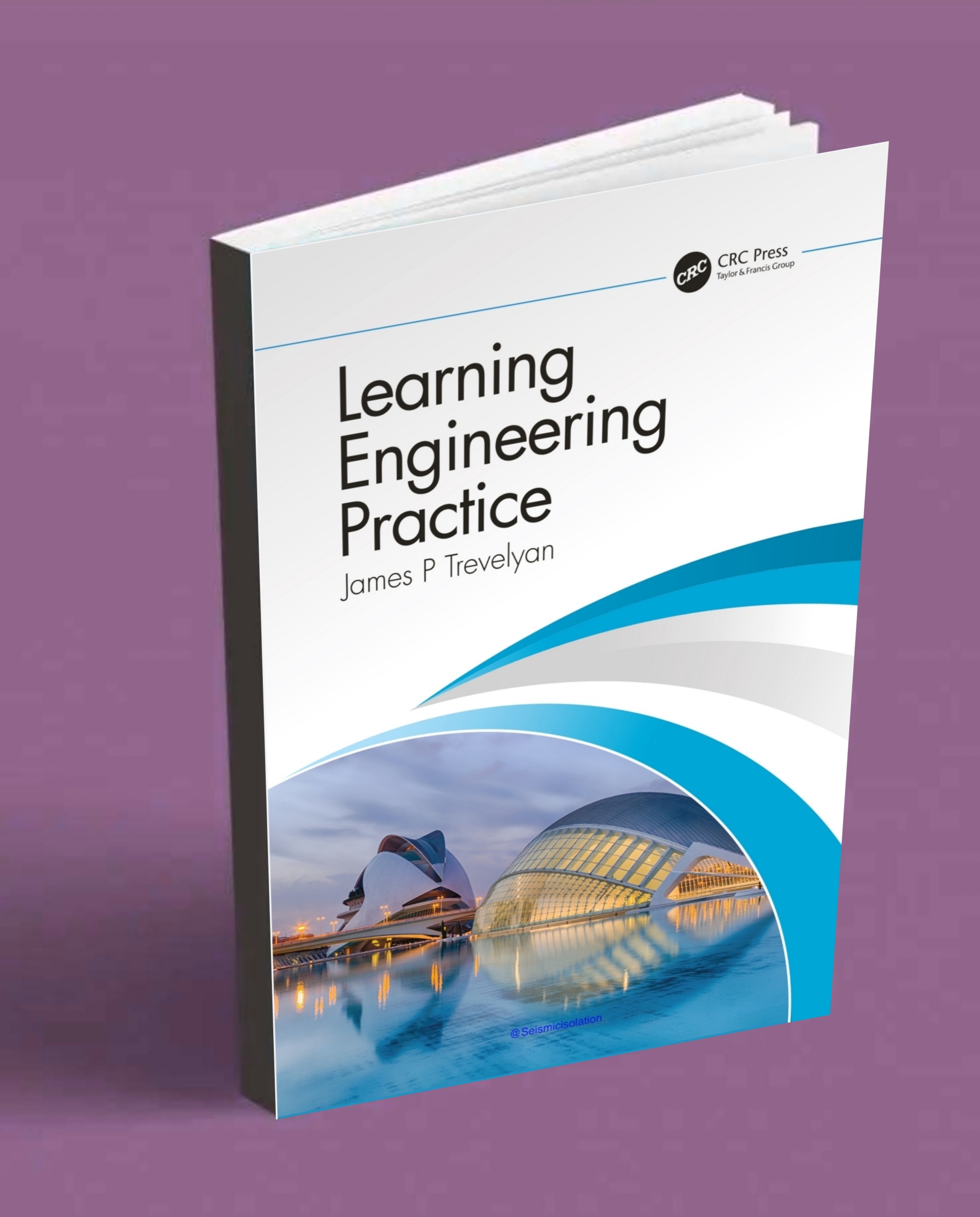Learning Engineering Practice
This book is being published as nations around the world struggle to recover from the consequences of the SARS-CoV-2 virus pandemic. Governments have imposed movement restrictions to slow the spread of infections so that hospitals have enough capacity to provide care for the significant minority of infected people who develop acute breathing difficulties. As a result, many industries such as commercial aviation, hotels, retail stores, manufacturing, and entertainment have been forced to close or
drastically restrict their operations. Governments with sufficient economic capacity have provided payments and subsidies for affected workers. In low-income countries, tens or hundreds of millions of low-paid and migrant workers lost their incomes and have been forced to leave cities for their ancestral villages in the hope of finding food and shelter. The world’s economies, therefore, are in an unprecedented state of disarray, confusion, and ncertainty.
All this means that young engineers – students, recent graduates, or novices in the first stages of their career – face enormous uncertainties. Students may have difficulties finding internships to get engineering work experience needed to complete their degrees. Graduates may find it much harder to find paid engineering work in their fields, and many novice engineers will find themselves unemployed as engineering firms encounter tough trading conditions.
Even before the pandemic, engineering performances around the world had been disappointing governments and investors alike for two decades. Productivity is a macro-economic measure of value produced by firms relative to the human effort expended (labour productivity) and other inputs such as capital invested, research and development, energy, land and materials (multifactor productivity). Engineering has a crucial influence on productivity. Engineered tools and equipment amplify human effort and increasingly mental capacity as well. Capital is invested in engineering projects, much of the research and development is performed by engineers, and engineering enterprises provide materials and energy. Productivity growth around the world has slowed significantly since about 2005. For example, US labour productivity increased by nearly 1% annually through previous decades, but since 2007 has improved by only 0.5% in total!
The five-times productivity gap between wealthy countries and low-income countries has hardly changed in the last sixty years, despite the wide availability of technological advances. What does that gap mean in practice? In simple terms, on average, most material goods and engineered services of equivalent quality and durability are many times more expensive in low-income countries. For example, electrical energy at the point at which it performs useful work can be five times more expensive.
In most low-income countries, electricity supplies are intermittent so standby generators are needed to ensure continuous supply, greatly increasing the cost. Cheap, low quality appliances require more electrical energy to provide the same useful work. Low quality maintenance further degrades the efficiency of energy conversion.
At the same time, almost every facet of our human civilization needs to be reconceived, redesigned, rebuilt, refurbished, or at least re-arranged, to ensure sustainability. In other words, productivity has to be improved enormously so that people can enjoy the benefits of our technological civilization while using far less material resources and energy, and reducing greenhouse emissions to near zero, all in the next three decades.
Therefore, despite the apparent uncertainty and the difficulties finding work in the next two or three years, especially for young engineers, the opportunities have never been greater than now.
DOWNLOAD :- HERE
